





Dokan marketplace to Shopware
Migrating your store from Dokan marketplace to Shopware might seem daunting, but with proper planning and the right tools, it's a smooth process. Follow this step-by-step guide to ensure a successful transition.
Schedule a call
Dokan Marketplace to Shopware Migration Guide
Step 1: Prepare Your Dokan Marketplace for Migration
In this step, we focus on preparing your Dokan Marketplace for a successful migration to Shopware. This preparation includes backing up data, assessing dependencies, and reviewing existing configurations.
Step 2: Export Data from Dokan Marketplace
In this step, we will focus on exporting the necessary data from your Dokan Marketplace to facilitate a seamless migration to Shopware.
Step 3: Set Up Your Shopware Environment
In this step, we will set up the Shopware environment, ensuring all necessary configurations are made for a successful data import.
Step 4: Import Data into Shopware
In this step, we will focus on importing the previously exported data from your Dokan Marketplace into Shopware, ensuring data integrity and accuracy.
Step 5: Configure Shopware Settings
In this step, we will adjust the necessary settings in Shopware to ensure that the migrated store functions as intended and meets customer expectations.
Step 6: Train Staff on Shopware
In this step, we will focus on training your team to effectively use Shopware, ensuring they are equipped to manage the new platform and provide support to customers.
Step 7: Launch Your Shopware Store
In this step, we will finalize preparations for the launch of your Shopware store and ensure all systems are go for a successful transition.
Power Your Step - Get in Touch
Ready to take the next step in your ecommerce journey? Contact PowerCommerce for expert migration support and solutions tailored to your business needs.
Step 1: Prepare Your Dokan Marketplace for Migration
Before we begin the migration process, it is crucial to prepare your Dokan Marketplace effectively. This step ensures that all data is secure, and potential issues are identified ahead of time. Proper preparation will facilitate a smoother migration to Shopware, minimizing disruptions to your online business.
First, we recommend performing a complete backup of your Dokan Marketplace data. This includes:
- Database Backup: Use a plugin like UpdraftPlus or a manual export via phpMyAdmin to create a backup of your WordPress database, which contains all your product, customer, and order information.
- File Backup: Ensure that all your theme files, plugins, and uploads are backed up. This can be done using FTP (File Transfer Protocol) tools like FileZilla to download your wp-content folder.
- Vendor Data Backup: If any vendor-specific data is stored outside the standard WordPress database (e.g., custom fields), ensure that this data is also backed up.
Next, assess any dependencies that your Dokan Marketplace may have. Check for:
- Plugins: Identify any essential plugins that facilitate functionalities on your site. Make a list of these plugins and check for their compatibility with Shopware.
- Themes: Review your current theme's functionality and design. If you plan to switch themes after migration, take note of the changes you want to implement.
Finally, review your existing configurations and settings. Document your current store settings, including payment gateways, shipping methods, and tax configurations, as these will be necessary to replicate in Shopware. This thorough preparation will set the foundation for a successful migration.

Step 2: Export Data from Dokan Marketplace
After preparing your Dokan Marketplace, the next step is to export your data. This involves extracting crucial information such as products, customers, orders, and any other relevant data that you want to transfer to Shopware.
1. Export Products: You can use the built-in export functionality in WooCommerce to export your products. Navigate to Products > All Products in your WordPress dashboard, and select the Export button. Choose the appropriate options to include all product data, including variations, and download the CSV file.
2. Export Customers: Similarly, you can export customer data from WooCommerce. For this, go to Users > All Users, and filter to find your customers. Use a plugin like 'WooCommerce Customer/Order CSV Export' if you need a more tailored export format.
3. Export Orders: Orders can also be exported using WooCommerce’s built-in export tool. Navigate to WooCommerce > Orders, and use the export function to download a CSV file of your order history.
4. Custom Data: If you have any custom fields or additional data associated with your vendors, ensure these are exported as well. Depending on how this data is stored, you might need to use specific plugins or custom scripts to extract it.
Once you have successfully exported all necessary data, ensure that the files are saved in a secure location for the next stage of the migration process.

Step 3: Set Up Your Shopware Environment
Setting up your Shopware environment is crucial for ensuring that the migration can proceed smoothly. This involves creating your shop, configuring essential settings, and preparing for data import.
1. Create a Shopware Account: If you haven’t already, sign up for a Shopware account on their official website. Choose the version of Shopware that best suits your business needs (Community, Professional, or Enterprise).
2. Install Shopware: Depending on your hosting choice, you can either utilize Shopware's cloud solution or self-host it. For self-hosting, follow the installation instructions provided in the documentation. Be sure to set up your database, and ensure your server meets the necessary requirements.
3. Configure Basic Settings: After installation, log into your Shopware admin dashboard. Start by configuring basic settings including:
- Store Settings: Set your store name, logo, and contact information.
- Payment Methods: Integrate payment gateways that you will use in your new Shopware store.
- Shipping Options: Configure shipping methods and rates as per your business model.
- Tax Settings: Set up tax classes according to your local regulations and requirements.
4. Enable Necessary Plugins: Shopware has a rich ecosystem of plugins. Depending on your business needs, install plugins that will enhance functionalities similar to those in your Dokan Marketplace.
5. Test the Setup: Before importing your data, test the setup by creating a few products manually to ensure that everything is functioning as expected. This will also give you a feel for the Shopware interface and features.
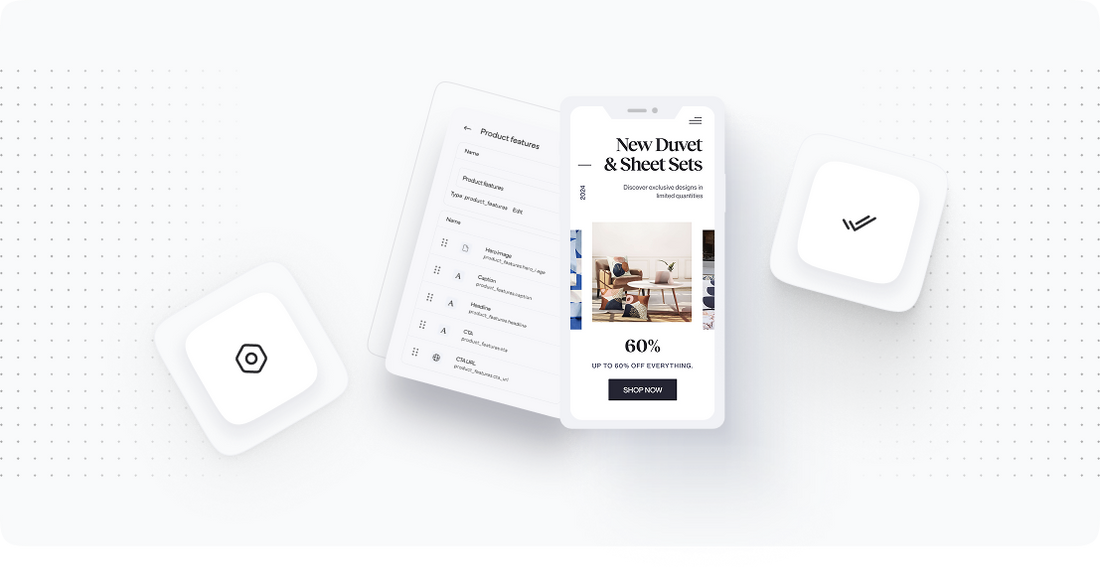
Step 4: Import Data into Shopware
Now that your Shopware environment is set up, it’s time to import the data that was exported from your Dokan Marketplace. This process is critical, as it ensures that all your product, customer, and order information is accurately transferred.
1. Import Products: Navigate to the Shopware admin panel and go to Catalogues > Products. Use the import function to upload the CSV file you exported from Dokan. Follow the prompts to map the fields correctly between your CSV and Shopware’s product fields.
2. Import Customers: Similar to products, go to Customers > Import in the Shopware dashboard. Upload the customer data CSV file and ensure that all fields match correctly to maintain data integrity.
3. Import Orders: For orders, navigate to Orders > Import and upload the orders CSV file. Make sure to check that order statuses and other relevant details are accurately reflected in Shopware.
4. Validate Imported Data: After importing each data type, it’s essential to validate that the data has been imported correctly. Check for any discrepancies or missing information. You may need to run some queries or use built-in reporting features to cross-reference data.
5. Resolve Any Issues: If you encounter any issues during the import process, address them promptly. This may involve correcting CSV files and re-importing or making manual adjustments in the Shopware backend.
Once all data has been imported successfully, you should have a functional Shopware store reflecting your previous Dokan Marketplace setup.
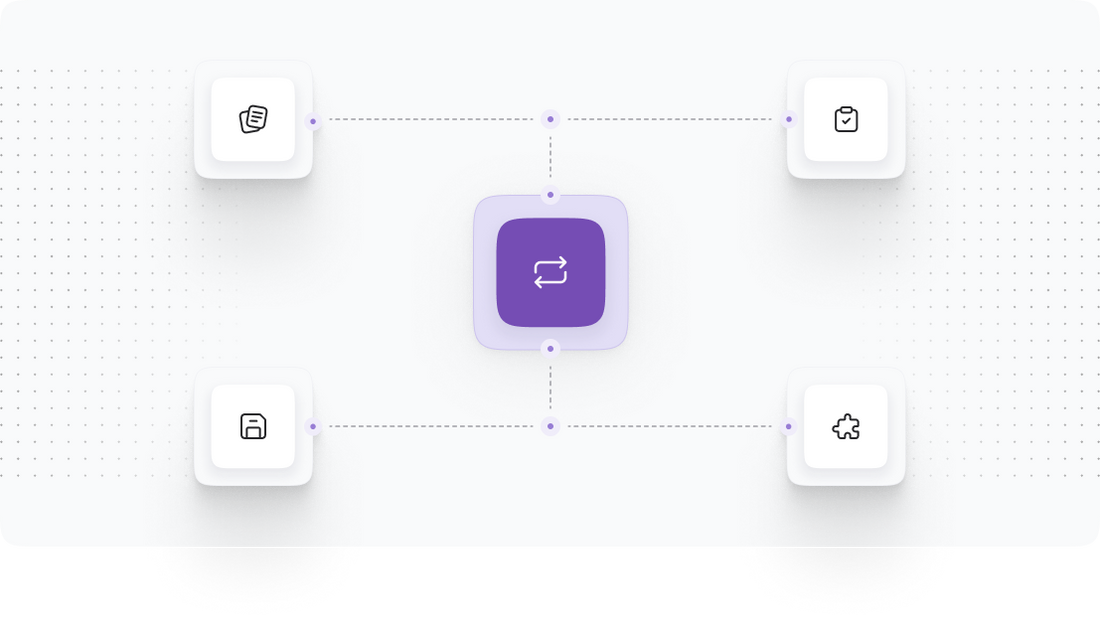
Step 5: Configure Shopware Settings
After successfully importing your data from Dokan to Shopware, it’s essential to configure various settings in Shopware to ensure that your store operates smoothly. This step focuses on settings that impact the customer experience and operational efficiency.
1. Storefront Settings: Navigate to Settings > Storefront. Here, you can customize aspects such as the theme, logo, and other visual elements that represent your brand.
2. Shipping and Payment Settings: Review the shipping and payment methods configured during setup. Ensure that they are functioning correctly and that all necessary configurations are in place for a seamless checkout experience.
3. Tax Settings: Double-check your tax settings to ensure compliance with local regulations. You may need to adjust rates or classes based on your target market.
4. User Roles and Permissions: If you have multiple staff members accessing the Shopware backend, set up user roles and permissions to control access levels. This is crucial for maintaining security and operational efficiency.
5. SEO Optimization: Utilize Shopware’s SEO tools to optimize your product pages, categories, and other content for search engines. This will help improve visibility and attract more customers to your new store.
6. Test Your Store: Conduct a thorough test of your store by placing test orders, checking shipping calculations, and ensuring that payment processing works seamlessly. This will help identify any issues before you officially launch your Shopware store.
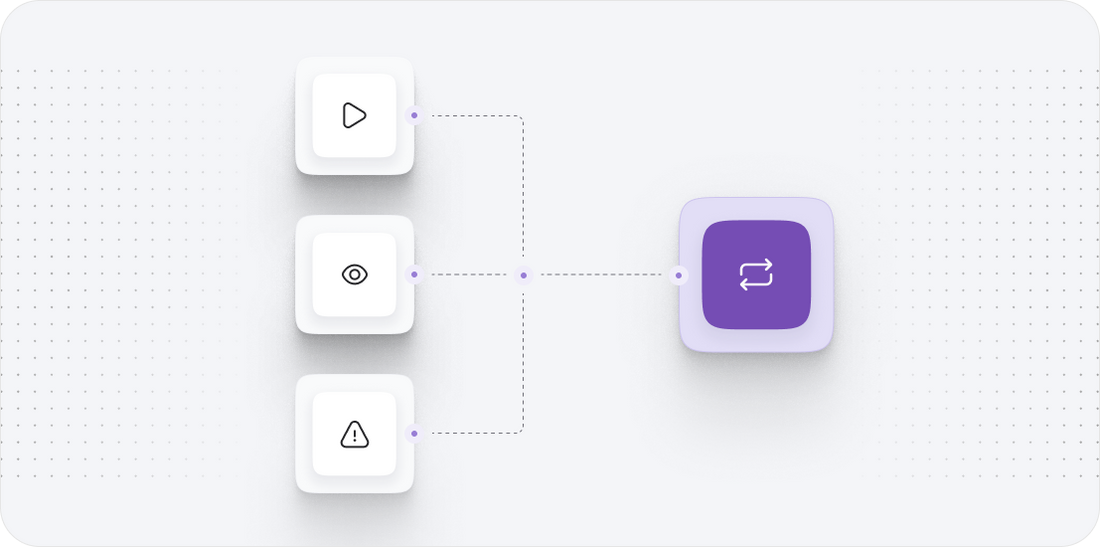
Step 6: Train Staff on Shopware
Once your Shopware store is configured, it’s vital to ensure that your team is well-prepared to operate the new platform. Training is an essential part of this transition, helping staff adapt to the new environment and utilize its features effectively.
1. Conduct Training Sessions: Organize training sessions for your staff, focusing on different aspects of Shopware such as product management, order processing, and customer service. Tailor the sessions based on the specific roles of your team members.
2. Create Training Materials: Develop training materials, including guides, video tutorials, and FAQs, that staff can refer to as they acclimate to the new platform. This will also serve as a valuable resource for onboarding future employees.
3. Encourage Hands-On Practice: Allow team members to practice using Shopware in a sandbox environment. This hands-on experience will help build confidence and familiarity with the platform.
4. Provide Ongoing Support: Establish a support system where staff can ask questions and seek assistance as they navigate the new Shopware interface. This could include a dedicated chat channel or regular check-ins.
5. Gather Feedback: After training sessions, gather feedback from your team on the training process and identify any areas where additional support or resources may be needed. Continuous improvement will help ensure long-term success with Shopware.
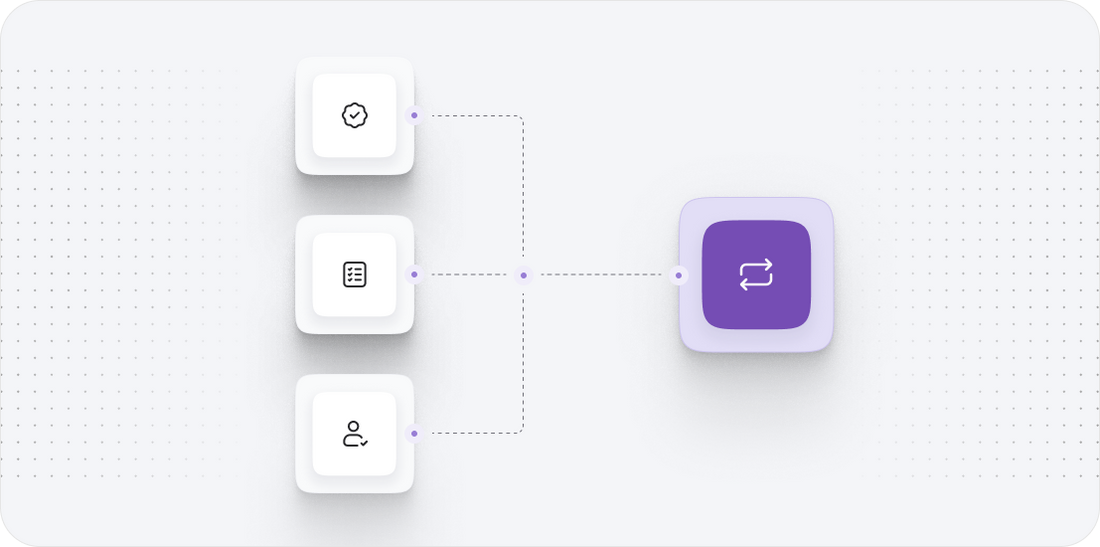
Step 7: Launch Your Shopware Store
With everything in place, you are now ready to launch your new Shopware store. This step is about making your store live and officially transitioning from Dokan Marketplace to Shopware.
1. Final Testing: Before launching, conduct a final round of testing to ensure that all functionalities are working as intended. This includes checking product pages, the checkout process, payment gateways, and shipping methods.
2. Announce Your Launch: Create excitement around your launch by announcing it through your marketing channels. Send out newsletters, post on social media, and inform your existing customers about the transition to Shopware.
3. Monitor Performance: After launching, closely monitor your store’s performance for any issues. Use tools like Google Analytics to track user behavior, sales, and site performance. This data will help you make informed decisions for ongoing improvements.
4. Gather Customer Feedback: Encourage customer feedback on their experience with the new Shopware store. This will provide valuable insights into areas for enhancement and help you address any concerns promptly.
5. Plan for Ongoing Optimization: After the launch, continue to optimize your Shopware store based on customer feedback, analytics data, and emerging trends in ecommerce. Regular updates and improvements will help maintain a competitive edge.
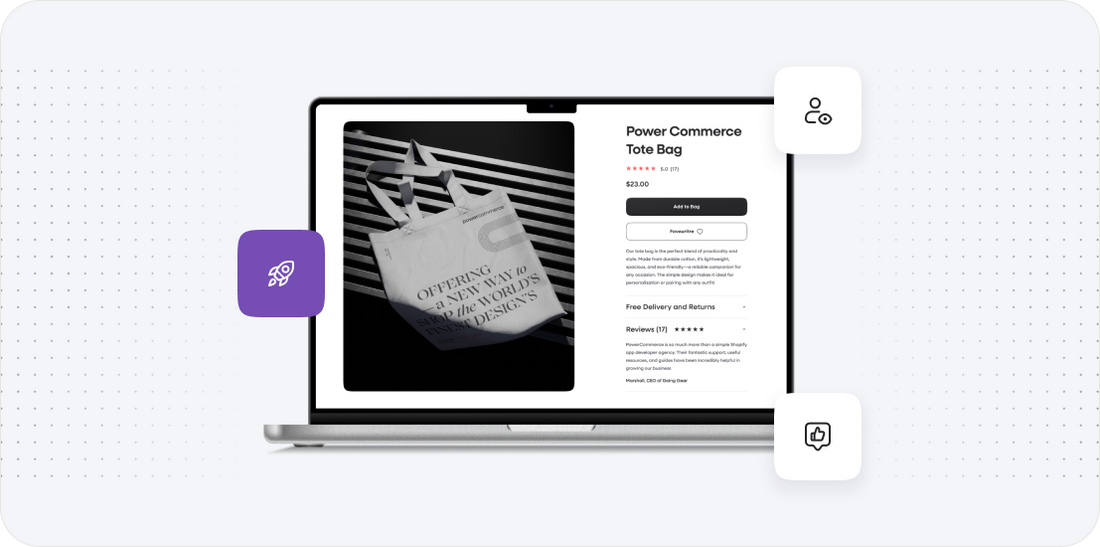
Power Your Step - Get in Touch
At PowerCommerce, we understand that migrating from one ecommerce platform to another can be a daunting task. Our team of experienced professionals is here to guide you through every step of the migration process, ensuring a smooth transition from your Dokan Marketplace to Shopware.
Why Choose Us? Our commitment to innovation, customer-centric solutions, and over 15 years of industry experience make us your ideal partner for ecommerce migration. We prioritize data integrity, operational efficiency, and customer satisfaction in every project.
Don’t hesitate to reach out to us for personalized support:
- Visit our contact page: PowerCommerce Contact
- Call us at 800-099-9090
- Email us at info@powercommerce.com
Get in touch today and let us help you power your ecommerce step forward!
Stay aligned on what's happening in the commerce world
Trusted by 1000+ innovative companies worldwide
Schedule Your Migration Today
For businesses prioritizing simplicity, scalability, and robust support, Shopify is the clear winner.
Looking to migrate without hassle? Power Commerce can handle the entire process, ensuring smooth data transfer, store setup, and post-launch success.
Marka Marulića 2, Sarajevo, 71000 BiH
00387 60 345 5801
info@powercommerce.com
